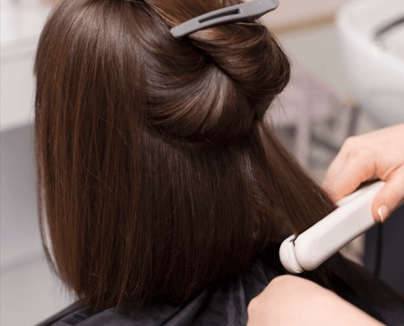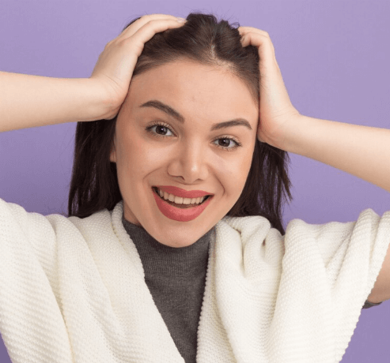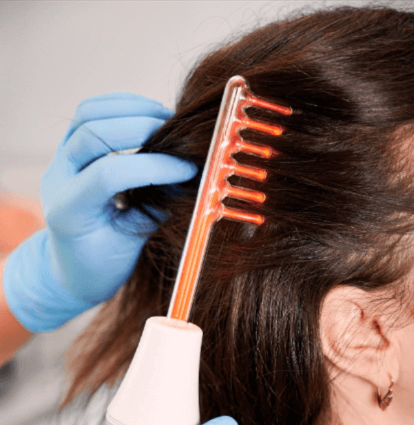Hairline correction surgery is a popular cosmetic procedure in South Korea, known for its precise aesthetic outcomes and advanced techniques. For international patients, understanding the post-operative recovery timeline is crucial for planning both their surgery and their return home. Here’s a detailed week-by-week breakdown of what to expect, how long to stay, and how to care for your scalp before, during, and after you travel.
Day 0: Surgery Day
- Procedure Duration: 4–6 hours (outpatient)
- Anesthesia: Local anesthesia with possible sedation
- Immediate Aftercare: A bandage or surgical cap is applied; patients are given antibiotics, pain medication, and a saline spray to keep the grafts hydrated.
- Travel Tip: Do not fly on the same day. Rest in your hotel or clinic-affiliated accommodation.
Days 1–3: Initial Healing Phase
- Swelling & Discomfort: Forehead swelling may peak on Day 2 or 3. Mild discomfort or tightness is common.
- Appearance: Redness, scabbing, and small crusts at the transplant site. Some patients may also see puffiness around the eyes.
- Activity Level: Limited to resting indoors, avoiding direct sun, sweating, or bending the head.
- Scalp Care: The clinic provides specific post-op instructions and a gentle saline mist to keep the area moist.
🛫 Flight Tip: Avoid flying during this time due to the risk of swelling and blood pressure changes from cabin pressure.
Days 4–7: Stabilization and Scab Shedding
- Scab Formation & Flaking: Tiny scabs begin to harden and fall off. Itching may increase slightly.
- Shampooing: Patients are typically allowed to gently wash their scalp using a mild, clinic-approved method around Day 4–5.
- Follow-Up Appointment: Most clinics require a check-up between Day 5 and Day 7.
- Swelling: Should start to subside significantly by Day 5–6.
🛫 Flight Tip: If absolutely necessary, patients can fly home around Day 7, but staying until Day 10 is highly recommended for optimal care and monitoring.
Week 2: Shedding Begins (“Shock Loss Phase”)
- Hair Shedding: Transplanted hairs begin to fall out—this is completely normal and temporary.
- Scalp Sensation: Some patients experience numbness or tingling as the nerves regenerate.
- Visible Signs: Redness fades; most crusts and scabs are gone.
- Activity: Light walking is fine; avoid strenuous activity, sweating, and sun exposure.
🌐 Virtual Check-In: If you’ve returned home, clinics usually offer an online follow-up around Day 10–14 to assess healing.
Weeks 3–4: Subtle Regrowth and Sensitivity Reduction
- New Hair Growth: Tiny new hairs begin emerging from the follicles, though it may be hard to notice at this stage.
- Itching Decreases: The scalp gradually feels more normal, though some dryness or flaking may persist.
- Hair Washing: Patients can resume more normal hair-washing routines using gentle products.
💡 Patient Note: You may look “normal” by this point with minimal redness or signs of surgery. Great time to resume most normal activities.
Months 2–3: Dormancy Ends, Growth Begins
- Visible Growth: New hair shafts start to become noticeable. They will be thin at first and gradually thicken.
- Shock Loss Ends: The shedding phase finishes, and follicles enter active growth.
✈️ Travel Tip: If you want to return to Korea for an in-person 3-month check-up, this is an ideal window.
Months 4–6: Significant Hair Growth Phase
- Hair Density Increases: New hair becomes more visible and blends naturally with existing hair.
- Final Shape Forms: The new hairline begins to take its permanent shape.
- Normal Activity: Patients can resume all exercise, sports, and styling practices unless otherwise advised.
Months 7–12: Full Results & Maturation
- Final Results: The hairline reaches 90–100% of its final density and shape.
- Hair Texture Normalizes: Transplanted hair thickens, matches the texture of native hair.
- Styling & Coloring: Safe to cut, dye, and style your hair freely.
🌐 Long-Term Follow-Up: Many clinics offer virtual follow-up at the 6-month and 12-month marks to monitor progress and answer questions.
How Long Should International Patients Stay in Korea?
| Duration | Purpose |
|---|---|
| 1–2 Days | Pre-surgery consultation, arrival, prep |
| Day 0 | Surgery |
| Days 1–7 | Post-op healing and follow-up |
| Optional | Stay until Day 10 for full local care |
🧳 Recommended Stay: 7 to 10 days
🧼 Don’t Miss: Post-op shampooing demo and follow-up consultation
Key Travel Tips for International Hairline Surgery Patients
- Choose Nearby Lodging: Stay close to the clinic for easy access to appointments.
- Limit Sun Exposure: Bring a wide-brimmed hat or umbrella.
- Hydration and Nutrition: Eat healthy Korean meals and drink plenty of water to support healing.
- Plan Low-Impact Activities: Avoid long tours or hot baths during early recovery.
- Coordinate Follow-Ups: Schedule virtual consultations before you leave Korea.




